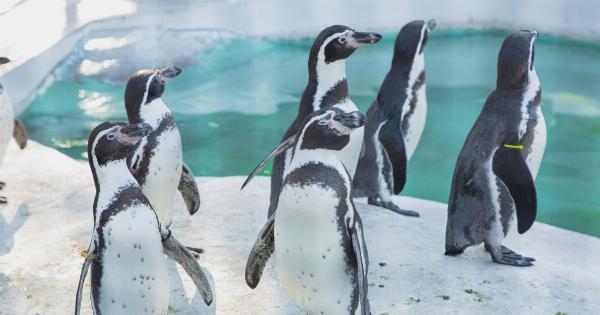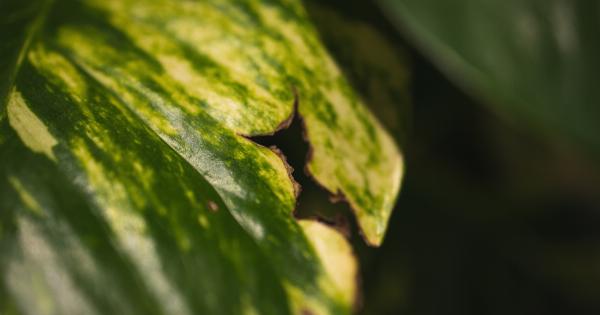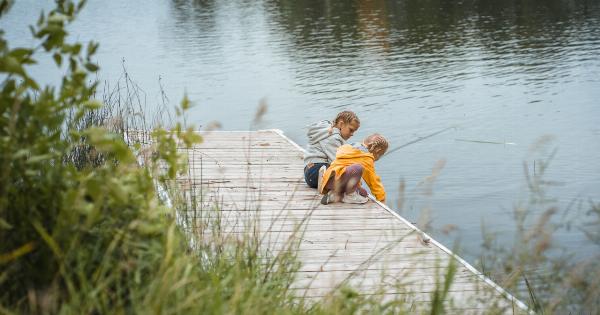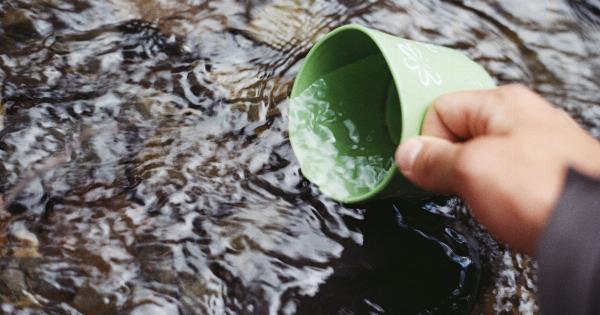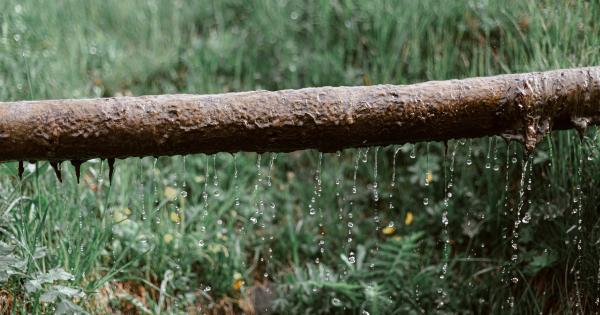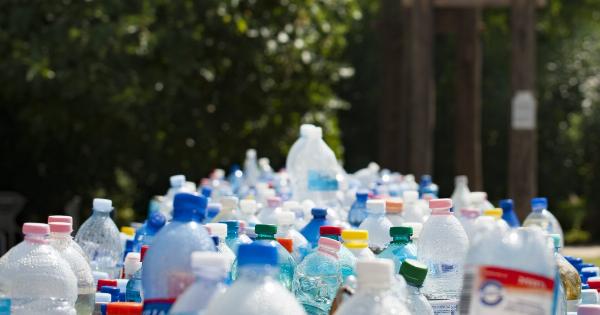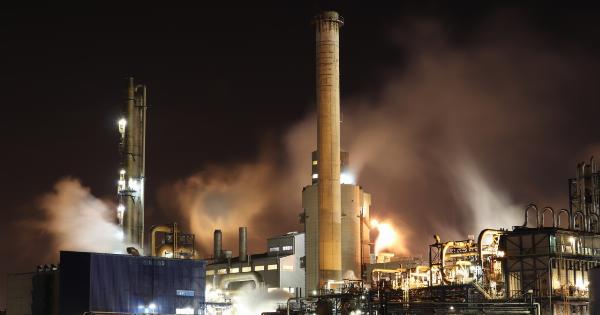The world has been facing critical environmental issues for years. Climate change and global warming are two prime examples of these issues.
These concerns have become an alarming danger to our planet, and the one thing that can help us dodge these hurdles is moving towards a sustainable lifestyle. One of the most integral parts of leading a sustainable life is taking care of our local climate. In this article, we will discuss some guidelines that can help you cherish your local climate.
: Understand your area
The first step to cherishing your local climate should be educating yourself about the weather patterns, the flora and fauna, the local ecosystem, and other factors that affect it. Get familiar with your area’s geography, weather, and seasons.
Read about which plants, insects, and animals are native to your area, and the roles they play in the local ecosystem.
: Reduce Carbon Footprint
Carbon-footprint is the amount of greenhouse gases released into the atmosphere due to human activities such as driving, using electricity, heating, and cooling homes, and in most cases, industrial activities.
You can reduce your carbon footprint by adopting more sustainable practices. This can include things like using public transport, carpooling, cycling, or even walking instead of driving.
You can also explore alternatives for electricity and air conditioning, like a solar-powered ventilation system, energy-efficient light bulbs, or setting the thermostat a few degrees lower in winter and a few degrees higher in summer. These changes can help reduce your greenhouse gas emission.
: Waste Management
Improper waste management is one of the leading causes of environmental pollution. To cherish your local climate, it is essential to properly dispose of your waste.
To start, segregate your garbage into suitable categories – organic, recyclable, and non-recyclable waste. Organic waste can be composted, and recyclable waste should be taken to recycling facilities. The waste that cannot be reused or recycled should be disposed of in a landfill while adhering to the standard operating procedures.
: Conserve Water
Water is one of the most valuable and scarce resources on the planet. One of the significant ways to conserve water is by adopting better practices and making conscious decisions on how and when you use it.
Reduce water wastage by using low-flow showers and taps, fixing leaks, and reducing water usage during washing clothes or dishes. In addition, you could collect rainwater and use it to water the plants in your lawn or garden.
: Plant Native Shrubs and Trees
Plants native shrubs and trees can flourish in a particular area and require only less maintenance, which makes them ideal for creating green spaces in homes and nature reserves.
Introducing new plant species that are not originally from that area may cause ecological imbalance. Therefore planting native species is the way forward. It creates habitats for wildlife and enhances respiratory and emotional wellness for the human community. Greenery also has a cooling effect, reducing the temperature in the surrounding.
: Reduce Use of Single-Use Plastics
Single-use plastics such as cutlery, bags, bottles, and straws are harmful to the environment. These products end up in landfills, contributing to the pollution of land and water.
Avoiding single-use plastics can help reduce the amount of waste that ends up in landfills or natural ecosystems. Take reusable bags to the grocery store, choose beverages that come in glass bottles instead of plastic, and opt for plastic-free alternatives instead of plastic cutlery and straws.
: Reduce Pesticide and Fertilizer Use
Pesticides and fertilizers contain harmful chemicals that can seep into the soil and groundwater, damaging the environment and hurting local flora and fauna.
Reduce your use of pesticides and fertilizers by using alternative methods of pest control, like introducing pest predators such as ladybirds and birds, and using organic fertilizers like compost or manure. This will help maintain the biodiversity and the productivity of the ecosystem.
: Campaign for Environmental Protection
Promoting environmental protection should be a shared responsibility. Come together and create public awareness on protecting the environment by organizing community outreach programs.
Sign petitions, join protests and advocate for environmental issues that are affecting your local climate. Educating others on how to cherish the local climate can go a long way in building stronger and sustainable communities.
: Support Green Initiatives
Supporting green initiatives can help in maintaining and sustaining the environment. Look for opportunities in your area that aim to preserve nature, including tree planting drives, cleanup initiatives, and sponsoring for green events.
Supporting such initiatives financially or by participation or both can help in environmental conservation and also build relationships within the community.
: Conclusion
As we wrap-up, it is vital to understand environmental conservation is a shared responsibility, and every effort towards cherishing the local climate does count.
There are many ways in which different stakeholders, including individuals, corporations, and governments, can contribute to environmental conservation. We hope that the guidelines discussed in this article will help you to cherish the local climate better, let us build a sustainable future together.

